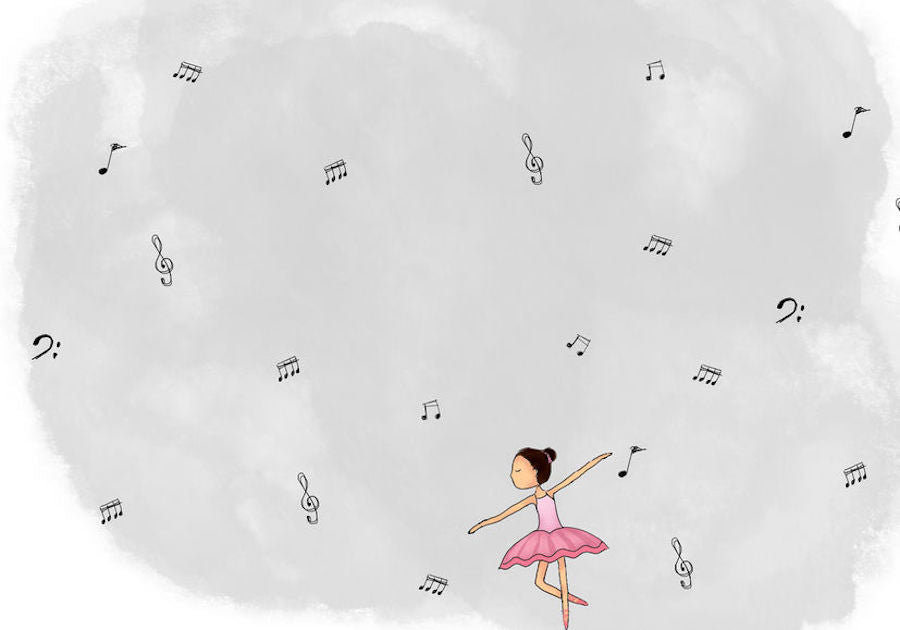
When Stevie Wonder sings about dancing to the rhythm of love, he subtly points out an interesting paradox: love is wild, unpredictable and passionate, but rhythm gives it structure, feeling and technique.
Dancers, especially beginners, shouldn’t overlook one of the most important parts of rhythm in dance: understanding the music.
Musicality, or sensitivity to music, doesn’t necessarily improve dancing techniques, but it helps with creativity, such as in swing dance which requires an attentive response to the music.
Certainly, it can be a complicated process, especially for children. Not everyone hears music the same way, and not everyone interprets rhythm the same way.
It’s even more of a challenge with dance partners, who should train in musicality together so that they are more in sync when it comes to responding to the music. I remember when I was a new dancer on the scene, only 16 years old. My partner was six years older than me and had already competed before, but I had never competed.
One of our training exercises was to link elbows, and go from one end of the gym to another while the music played. When there was a break in the music, my partner would stop. When the music started again, he would start walking again. When the piano played faster, he walked faster. We kept going up and down that gym. Not dancing -- just walking -- song after song after song.
It made me realize exactly how HE hears the music, what it tells him to do. You can’t just develop that in a month or so. You have to practice.
Since swing dance is unchoreographed, music interpretation is so important.
For almost a year, we didn’t compete. We trained silently. And in the first competition we came second!
Couple harmony was one of the keys to our success.
Thankfully, we don’t all have to be music theory experts or dance champions to understand music. Below are a few tried and true exercises that are helpful for anyone -- from children to adults -- to find their rhythms.
1. Turn on your little dancer’s favorite song, and clap to the beats.
Try to find the “time signature” of the song -- usually, this is denoted in sheet music as a fraction. What it means -- practically -- is how many beats there are to a measure, or how many beats you should count up to before you repeat again. For example, a typical waltz will be in ¾ time signature, where the first beat is the “hard” note, and the two that follow are softer. When you clap, you’ll find yourself clapping to the rhythm of “ONE two three, ONE two three.” As she continues practicing, she’ll become better at differentiating between songs and their styles, which will make it easier for her on the dance floor.
2. Play with a metronome
Count, clap or sing along. Then, try walking to the beat of the metronome (there’s an app for it). A metronome will help her keep track of the counts and beats to a song, which makes it easier to identify structure in music. This idea is called “eurhythmics,” which states that music should be learned through all of the senses, including your kinesthetic (physical) awareness -- perfect for dance!
3. Use a handy-dandy website called “Rhythm Dictation.”
It plays a rhythm, after which you’ll tell it the note duration that you just heard in the exercise. You can adjust the difficulty and the speed, but essentially, this tool allows you to practice hearing subdivisions and beats of any random set of notes. As usual, practice makes perfect, so this is a great way to test yourself and your daughter in recognizing rhythms.
4. Play a rhythm game with a dancer partner or your daughter
It’s called “Poison rhythm”, and works a little bit similar to Simon Says. A leader is assigned, and they will clap out a certain rhythm of their choice that will be the “poison”. Then, they’ll start a game, clapping whatever random rhythm they want. The other people in the circle will follow. But if the leader claps the “poison,” and someone else claps out that “poison,” then that person is out. The game continues until only one person is left who hasn’t clapped the “poison rhythm.” The benefit of this game is that it will both increase your understanding of rhythm, but also develop a better sense of adapting to those around you when you’re dancing with others.
Vid: https://www.youtube.com/watch?v=Om28Y0KwU7Y
As with anything else, practice makes perfect! So take some time with these routines, enjoy the learning process and soon enough, you’ll both be dancing to the beat of your own love!













